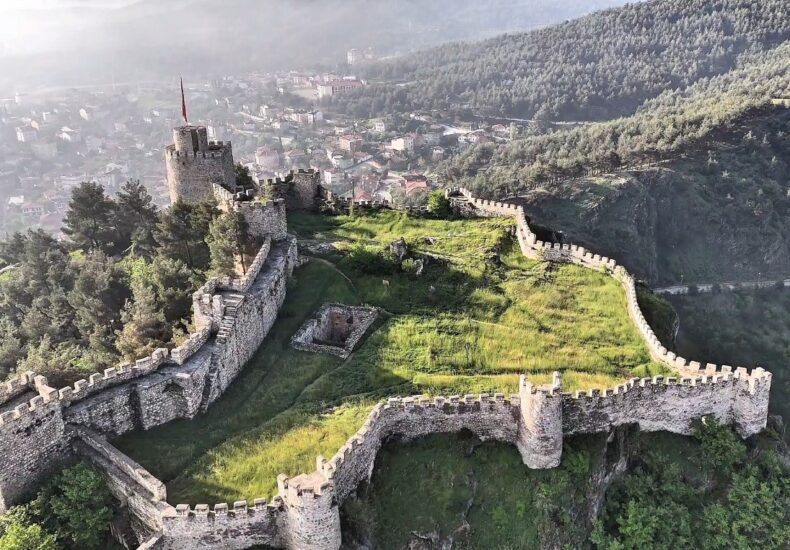
Boyabat Castle: 2,700 Years of Paphlagonian Legacy
Located at the northernmost edge of Türkiye, Sinop is a city not only known for its natural beauty but also for its deep-rooted historical heritage. One of the most striking remnants of this heritage is Boyabat Castle, an ancient stronghold built around 2,700 years ago by the Paphlagonians. Perched on a rugged cliff overlooking the Gökırmak Valley, the castle is a testament to the strategic genius of ancient Anatolian civilizations.
The Paphlagonians: One of Anatolia’s Earliest Civilizations
The Paphlagonians, whose name appears in the earliest historical sources such as Homer’s Iliad, are believed to have participated in the Trojan War around 1200 BC. According to Homer, some Paphlagonian tribes settled along the Parthenios (Bartın) River, founding ancient cities such as Sesamos (modern Amasra) and Kromna (Kurucaşile).
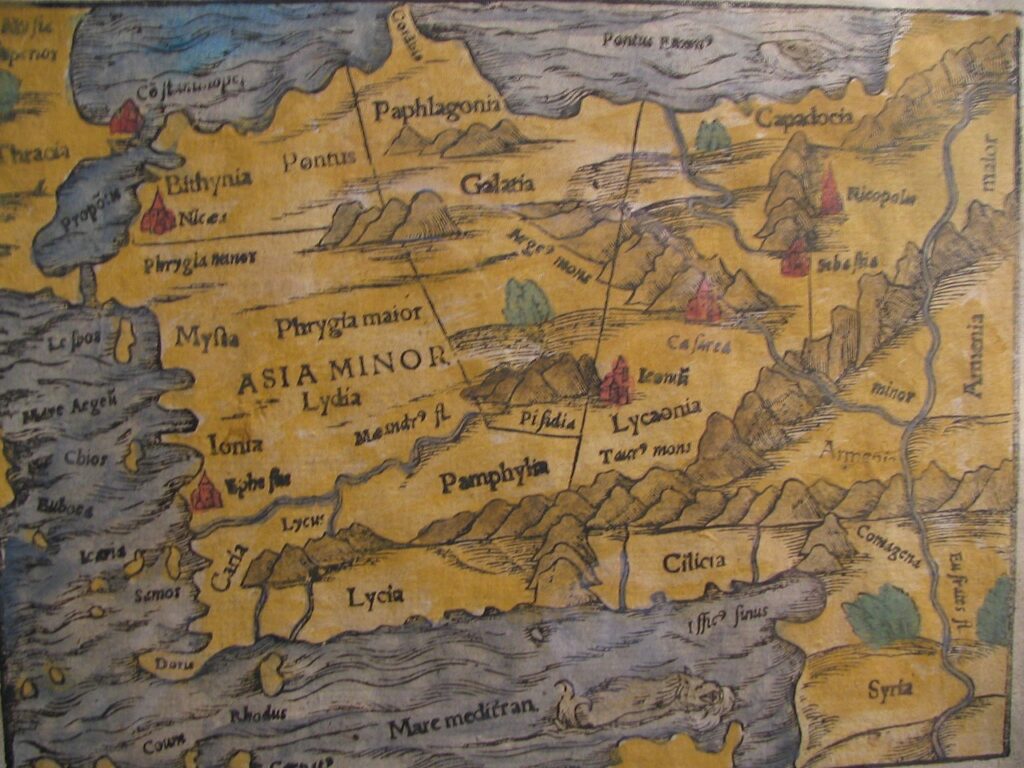
Archaeological findings from the region, which spans modern-day Zonguldak, Bartın, and Kastamonu provinces, indicate that Paphlagonia has been inhabited for at least 4,000 years. The region is one of the earliest cultural centers in Anatolia.
Greek historian Herodotus noted that the Paphlagonians lived autonomously in tribal communities. While Alexander the Great failed to conquer the region directly, his general Antigonus succeeded in seizing it. Subsequently, the region passed through several hands:
📣 Our WhatsApp channel is now LIVE! Stay up-to-date with the latest news and updates, just click here to follow us on WhatsApp and never miss a thing!!
- In 183 BC to the Kingdom of Pontus,
- In 200 BC to the Galatians,
- In 12 BC back to Pontus,
- In 104 BC to the Bithynians,
- And finally in 64 BC, it was absorbed into the Roman Empire.
These transitions underscore the region’s longstanding strategic importance.
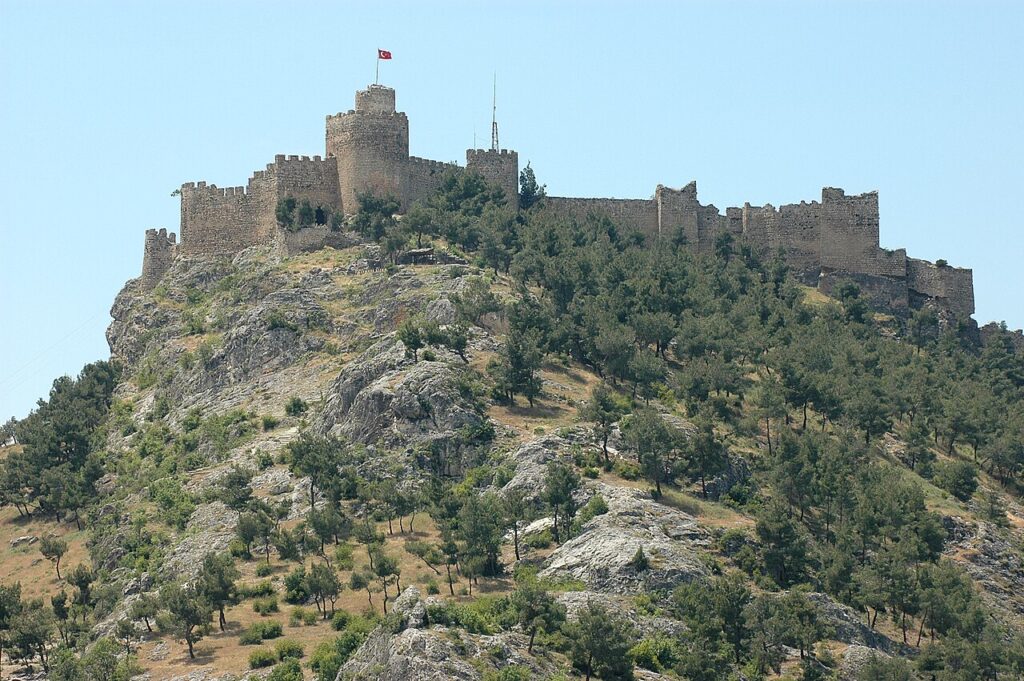
A Fortress Through the Ages: Boyabat Castle
Originally constructed by the Paphlagonians in the 7th century BC, Boyabat Castle has been shaped by multiple civilizations including the Romans, Byzantines, and Ottomans. Its imposing structure was designed in harmony with the rocky terrain, and although the existing walls are thought to have been built during the Ottoman era, no definitive records confirm this.
Mysteries Beneath: Tunnels and an Underground City
One of the most fascinating aspects of the castle is the network of tunnels and subterranean chambers beneath it. Archaeologists believe these passages extend under the entire town of Boyabat, forming a vast underground system. Combined with remnants from the Roman and Byzantine periods, these tunnels highlight the long-standing military and religious significance of the fortress.
Cover Photo: IHA
You may also like
- A 1700-year-old statue of Pan unearthed during the excavations at Polyeuktos in İstanbul
- The granary was found in the ancient city of Sebaste, founded by the first Roman emperor Augustus
- Donalar Kale Kapı Rock Tomb or Donalar Rock Tomb
- Theater emerges as works continue in ancient city of Perinthos
- Urartian King Argishti’s bronze shield revealed the name of an unknown country
- The religious center of Lycia, the ancient city of Letoon
- Who were the Luwians?
- A new study brings a fresh perspective on the Anatolian origin of the Indo-European languages
- Perhaps the oldest thermal treatment center in the world, which has been in continuous use for 2000 years -Basilica Therma Roman Bath or King’s Daughter-
- The largest synagogue of the ancient world, located in the ancient city of Sardis, is being restored

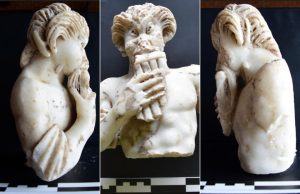
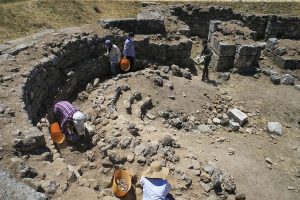
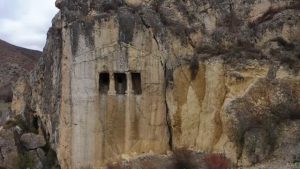
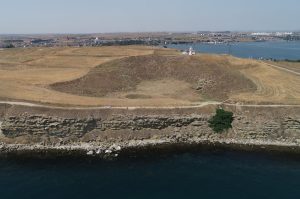
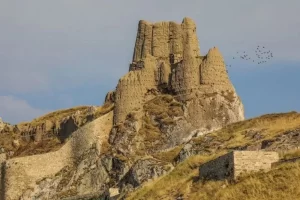
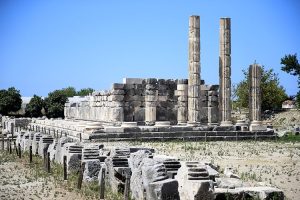


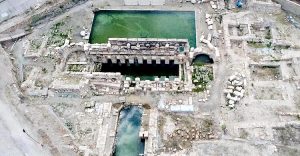
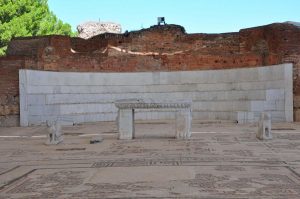
Leave a Reply